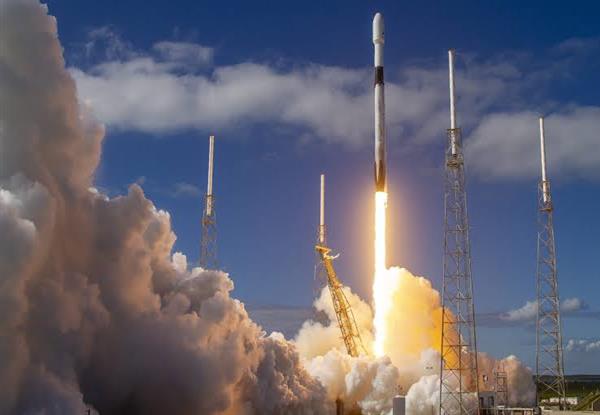Reusable rockets have revolutionized the landscape of space exploration, ushering in a new era of cost efficiency, rapid advancement, and increased access to space. With the advent of reusable rockets, such as SpaceX's Falcon 9 and Blue Origin's New Shepard, significant shifts are occurring in the aerospace industry, enabling a range of transformative possibilities.

One of the most significant impacts of reusable rockets is the reduction in launch costs. Historically, space missions were prohibitively expensive due to the single-use nature of rockets. Each mission required the construction of a new rocket, resulting in exorbitant expenses. However, reusable rockets can be flown multiple times, drastically lowering the cost per launch. SpaceX estimates that reusability has the potential to reduce the cost of access to space by a factor of 100 or more. This cost reduction opens up new opportunities for both government agencies and private companies to undertake space missions that were previously financially unfeasible.
Moreover, reusable rockets facilitate rapid iteration and innovation in spacecraft design and technology. Traditional rocket development involved lengthy timelines and high costs, as any modifications or improvements required building an entirely new rocket. However, with reusability, rockets can be quickly refurbished and relaunched, allowing for rapid iteration and testing of new features. This iterative process accelerates technological advancements, enabling engineers to experiment, learn from each launch, and implement improvements in a much shorter timeframe. The ability to rapidly evolve rocket technology is critical for pushing the boundaries of space exploration and facilitating the development of more advanced and capable spacecraft.
Reusable rockets also enhance the sustainability of space exploration. The aerospace industry has historically generated a significant amount of waste, as rockets and associated components were discarded after a single use. Reusability mitigates this issue by reducing the amount of space debris and waste generated during launches. By recovering and refurbishing rockets, fewer resources are consumed, resulting in a more environmentally friendly approach to space exploration.
Additionally, reusable rockets contribute to increased access to space. Lower launch costs and faster turnaround times enable a wider range of organizations, including smaller companies and academic institutions, to participate in space missions. This democratization of access to space fosters innovation, promotes scientific research, and facilitates collaboration across various sectors. It opens up possibilities for commercial ventures such as satellite deployment, asteroid mining, and space tourism, which were once limited to a few elite players in the industry.
Furthermore, reusable rockets have the potential to enable ambitious missions beyond Earth's orbit. The ability to recover and reuse large portions of the rocket drastically reduces the logistical challenges and costs associated with deep space exploration. This breakthrough makes missions to the Moon, Mars, and other celestial bodies more economically viable and paves the way for long-duration human space travel.
In conclusion, reusable rockets are transforming the landscape of space exploration by driving down costs, accelerating technological advancements, enhancing sustainability, increasing access to space, and enabling ambitious missions beyond Earth. This paradigm shift has the potential to unlock new frontiers, fuel scientific discoveries, and inspire the next generation of explorers. As reusable rocket technology continues to evolve and mature, the possibilities for space exploration are expanding at an unprecedented pace, promising a future of remarkable achievements in our journey to understand and explore the cosmos.